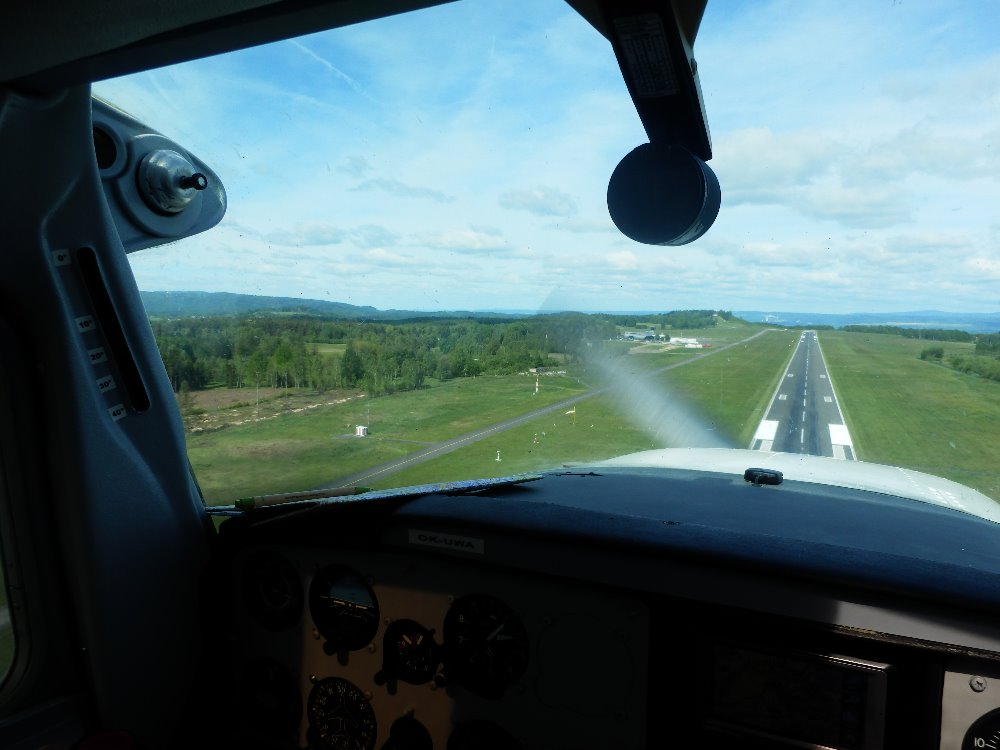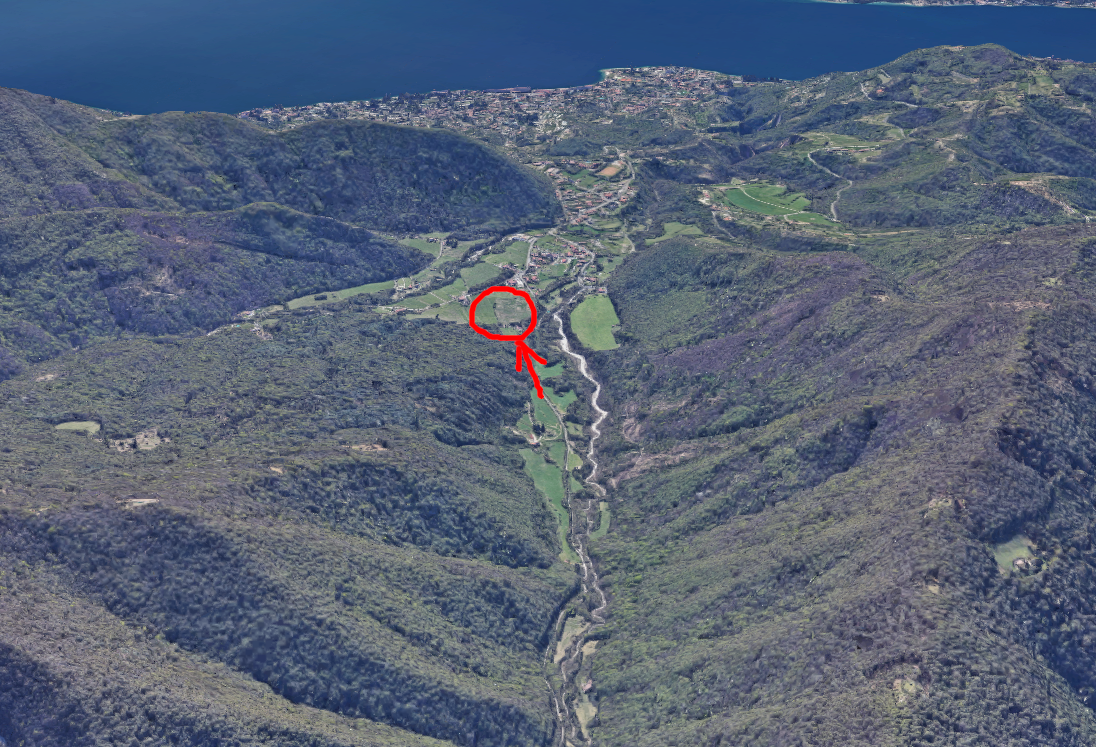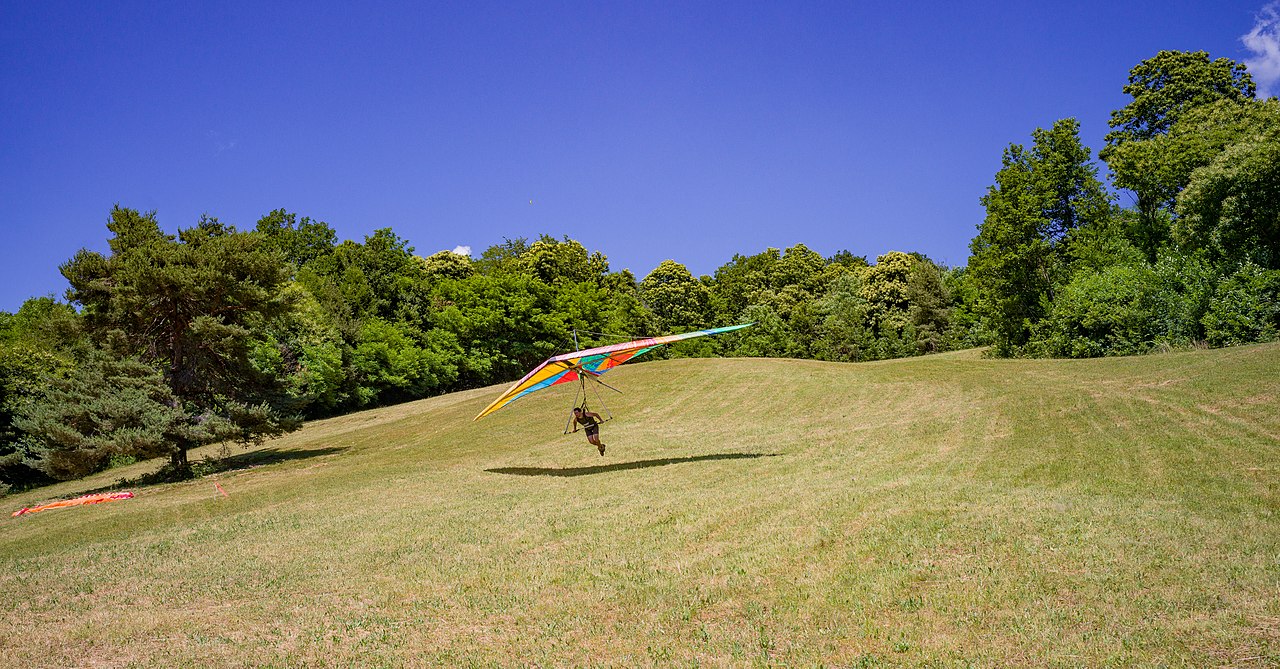Month: May 2017
-

Grass or Concrete: Which is Better for Landing and Why It Matters
Which surface is better for landing? For some reason, I prefer concrete. While grass is softer and results in an easier and gentler touchdown, concrete is flatter and smoother. Moreover, taking off from a concrete runway is definitely better. However, I understand the importance of gaining experience on grass strips, particularly for bush pilot jobs.…
-
Leveling Up: Improving My Landings on a Grass Strip
I had a lot of landings on the grass. In fact, I had REALLY a lot of landings on the grass. Today, I flew patterns on the aerodrome with a grass strip. During my flight today, I made many landings. The main takeaway is that I finally feel like I am in control of the…
-
My Hang-Gliding Adventure: Dreaming of Future Flights
Today I finally flew a real hang-glider after spending some days flying trainers. It was an aircraft with an 18-square-meter wing. My first impression was fantastic, as I was in the middle of the recommended weight limits! In Russia, I only flew training hang-gliders manufactured by Aeros with a 16-square-meter wing, so I was a…
-
Navigating Tight Spaces: Coordinated Turns for Successful Landings
What’s necessary for a good landing on a small landing area? Correctly estimating altitude, wind, applying proper wind correction, and making coordinated turns with predictable altitude loss are all key. Today I practiced these skills, except for wind estimation, which was easy thanks to the many windsocks on the hill. I started with 45-degree turns…
-

Italian Mountain Soaring: Conquering Tiny Landing Spots
I am continuing on my hang-gliding journey, and today I am flying a different hang-glider, which is also 21 sq meters but has a stiffer sail. It is much easier to control, but the start is more difficult and the flight is lower. I completed 24 “takeoff-flight-landing” exercises straight ahead and 4 flights with a…
-

Without an Engine: Hang-Gliding in Italy
Currently, I am flying without an engine as I have come to an Italian hang-gliding school for a week. Since I do not have a license, nor do I have any knowledge about the terrain and aerology of this place, I am starting from the basics with basic exercises. The training approach here is different…
-
Emergency Landings and Partial Panel Simulations
This morning visibility was terrible. It was so bad that I almost lost hope of flying today, but in the afternoon, it improved, and the weather became flyable. Let’s go! Today we’re moving on to circuits, but sometimes the instructor sets the power to idle and says, “emergency landing.” He usually does this when I…
-
Taking Flight: Exploring the Different Approaches of Flight Instructors
Today, I would like to share my personal opinion on flight instructors. When I started my PPL training, the training base was just established and did not have permanent staff, so I flew with different instructors. Firstly, I want to discuss some aspects that I knew in theory but did not always follow in practice,…
-
Weathering the Skies: A Welcome Change from Bumpy Rides
When I used to fly short cross-countries, it was a bumpy ride. After takeoff, I would climb through a rollercoaster of turbulence, turn to the desired course, and try to maintain straight and level flight while constantly adjusting the trim and RPM. Suddenly, the VSI would show +5, so I would correct and trim, only…